The Streak Continues: 325
Yesterday was a full day of photography for me alone at Fort DeSoto with lots of image processing during my midday break. And answering a few e-mails. But I am still miles behind. This blog post, the 325th in a row, took me about 2 1/2 hours to prepare including the time spent on the four image optimizations. It was published at about 5:15am from my motel room in St. Pete Beach. I am meeting repeat client Bill Eaton at DeSoto early this morning. And then drive back to ILE.
To show your appreciation for my efforts here, we ask that you use our the B&H and Amazon affiliate links on the right side of the blog for all of your purchases. B&H Is recommended for you major photography gear purchases, Amazon for your household, entertainment, and general purpose stuff. Please check the availability of all photographic accessories in the BIRDS AS ART Online Store, especially Gitzo tripods, Wimberley tripod heads, and the like. We sell only what I have used, have tested, and can depend on. We will not sell you junk. We know what you need to make creating great images easy and fun. And we are always glad to answer your gear questions via e-mail.
|
This image was created pre-dawn on the clear morning of October 20, 2014 at Fort DeSoto Park. I used the Gitzo 3532 LS carbon fiber tripod, the Mongoose M3.6 head, with the Canon EF 600mm f/4L IS II USM lens and a beta version of the Canon EOS 7D Mark II . ISO 500 (via ISO Safety Shift). Evaluative metering +1 stop as framed: 1/15 sec. at f/4 in Tv mode. Color temperature: 8000K. Central Zone AF/AI Servo/Rear Focus AF activated two sensors in near the lower right of the grid that were active at the moment of exposure. Click here to see the latest version of the Rear Focus Tutorial. Click on the image to see a larger version. Image #1: Brown Pelican squadron on dawn patrol |
Dealing With So-so Sunrise or Sunset Colors
With somewhat blah sky colors it can be fun to raise the Color Temperature. I did that with the image above by setting it to 8000 Kelvin. Anywhere from 7500 and up can work well. I used my standard blur set-up: 1/15 sec at +1 stop of exposure compensation. And yes, you can do the same thing in post processing but it is more fun to do it in the field and there are supposed to be some advantages of doing it at the time of capture.
I did remove a single bird that merged with two others; I used a series of Quick Masks that were refined by adding Regular Layer Masks.
|
This image was created in the shade of a big stand of trees on the clear morning of October 20, 2014 at Fort DeSoto Park. I used the hand held Canon EF 300mm f/2.8L IS II USM lens and a beta version of the Canon EOS 7D Mark II . ISO 640 (via ISO Safety Shift). Evaluative metering +2 stops as framed: 1/1000 sec. at f/2.8 in Tv mode. AWB. Central Sensor/AI Servo Surround/Rear Focus AF on the bend of the bird’s upper neck was active at the moment of exposure. Click here to see the latest version of the Rear Focus Tutorial. Click on the image to see a larger version. Image #2: High Key Great Blue Heron with fish–possibly a needlefish |
Well…
Well, at least the fish angle is perfect. I tried my best but could just not get ahead of the bird but it kept angling ahead of me….
|
This image was created on the clear morning of October 20, 2014 at Fort DeSoto Park. Again I used the hand held Canon EF 300mm f/2.8L IS II USM lens and a beta version of the Canon EOS 7D Mark II . ISO 400. Evaluative metering +1/3 stop off the sky: 1/6400 sec. at f/5 in Manual mode. AWB. Central Sensor/AI Servo Surround/Rear Focus AF barely caught the top of the tern’s head as originally framed and was active at the moment of exposure. Click here to see the latest version of the Rear Focus Tutorial. Click on the image to see a larger version. Image #3: Sandwich Tern with greenback |
The Situation
The tide was coming in at the spit. I had been trying for flight with the 300 II/1.4X III/7D II combo for a while without much success. To change things up I took off the TC and got closer. Then I got lucky.
|
This image was created on the clear morning of October 20, 2014 at Fort DeSoto Park. Again I used the hand held Canon EF 300mm f/2.8L IS II USM lens, with the Canon Extender EF 2X III, and a beta version of the Canon EOS 7D Mark II . ISO 400. Evaluative metering at zero: 1/1600 sec. at f/8 in Av mode. AWB. Upper Central Zone/AI Servo/Rear Focus AF selected four sensors, the one just above the central sensor and the three directly above that one. This array nailed the eye and the face and was active at the moment of exposure. Click here to see the latest version of the Rear Focus Tutorial. Click on the image to see a larger version. Image #4: Juvenile Green Heron |
Atypical…
When a Green Heron flew by the spit and disappeared to the east I said to a new acquaintance, “Good luck photographing that species here. I am not ever sure that I have seen one in the park before.” In a few minutes I took a walk down the beach and was amazed to see the bird in the Gulf. As I approached, the bird flew but it went only a short distance and landed on tree stump with the top sawed off. In other words, not very attractive. I added the 2X III TC to the mix to eliminate the stump and got as close as possible. I am starting to figure out when and how to use the new wider Zone AF.
Which is the best image?
Please take a moment to leave a comment and let us now which is your favorite and why you like it.
|
San Diego offers a wealth of very attractive natural history subjects. With annual visits spanning more than three decades I have lot of experience there…. |
2015 San Diego 4 1/2-DAY BIRDS AS ART Instructional Photo-Tour (IPT): FEB 1 thru the morning of FEB 5, 2015: $1799 (Limit: 8/Openings: 3)
Meet and Greet after dinner on your own at 7:00pm on JAN 31
Join me in San Diego to photograph the spectacular breeding plumage Brown Pelicans with their fire-engine red bill pouches; Brandt’s and Double-crested Cormorants in breeding plumage with their amazing crests; breeding plumage Wood and Ring-necked Duck; other species possible including Lesser Scaup, Redhead, and Surf Scoter; a variety of gulls including Western, California, and the gorgeous Heerman’s, all in full breeding plumage; shorebirds including Marbled Godwit, Willet, Sanderling and Black-bellied Plover; many others possible including Least, Western, and Spotted Sandpiper, Whimbrel, Black and Ruddy Turnstone, Semipalmated Plover, and Surfbird; Harbor Seals (depending on the current regulations) and California Sea Lions likely; and Bird of Paradise flowers. And as you can see by studying the two IPT cards there are some nice landscape opportunities as well.
Did I mention that there are wealth of great birds and natural history subjects in San Diego in winter?
This IPT will include five 3 1/2 hour morning photo sessions, four 2 1/2 hour afternoon photo sessions, five lunches, after-lunch image review and Photoshop sessions, and two fine dinners. To ensure early starts, breakfasts will be your responsibility.
A $499 non-refundable deposit is required to hold your slot for this IPT. You can send a check (made out to “Arthur Morris) to use at BIRDS AS ART, PO Box 7245, Indian Lake Estates, FL, 33855. Or call Jim or Jennifer at the office with a credit card at 863-692-0906. Your balance, payable only by check, will be due on 12/1//2014. If the trip fills, we will be glad to apply a credit applicable to a future IPT for the full amount less a $100 processing fee. If we do not receive your check for the balance on or before the due date we will try to fill your spot from the waiting list. If your spot is filled, you will lose your deposit. If not, you can secure your spot by paying your balance. Please print, complete, and sign the form that is linked to here and shoot it to us along with your deposit check. If you register by phone, please print, complete and sign the form as noted above and either mail it to us or e-mail the scan. If you have any questions, please feel free to contact me via e-mail.
|
Though the pelicans will be the stars of the show on this IPT there will be many other handsome and captivating subjects in wonderful settings. |
San Diego Natural History Museum Program & The Birds of the World Exhibit
On Saturday morning, February 7, 2015 I will be presenting “A Bird Photographer’s Story” at the San Diego Natural History Museum to kick off the Birds of the World photographic exhibit that will feature the images of about a dozen of the world’s top avian photographers. This program,which is being generously sponsored by the Canon Explorers of Light program, will be free and open to the public. I am proud to say that both Denise Ippolito and I will have images hanging in the show. The exhibit opening is scheduled for later that same day, February 7, 2015. (Times TBA).
Folks on the IPT who wish to stay over and attend the program and the exhibit opening on Saturday are invited to join me for a photo session on Friday morning as follows:
Friday Morning Add-on Photo Session: February 6, 2015: $299.
This workshop includes 3 hours of in-the-field pelican photography instruction and brunch with image review and Photoshop instruction. For now, this session is open only to folks attending the IPT.
Be sure to like and follow BAA on Facebook by clicking on the logo link upper right. Tanks a stack!
Support the BAA Blog. Support the BAA Bulletins: Shop B&H here!
We want and need to keep providing you with the latest free information, photography and Photoshop lessons, and all manner of related information. Show your appreciation by making your purchases immediately after clicking on any of our B&H or Amazon Affiliate links in this blog post. Remember, B&H ain’t just photography!
Amazon.com
Those who prefer to support BAA by shopping with Amazon may use this link:
Amazon Canada
Many kind folks from north of the border, ay, have e-mailed stating that they would love to help us out by using one of our affiliate links but that living in Canada and doing so presents numerous problems. Now, they can help us out by using our Amazon Canada affiliate link by starting their searches by clicking here. Many thanks to those who have written.
Typos
In all blog posts and Bulletins, feel free to e-mail or to leave a comment regarding any typos or errors. Just be right :).

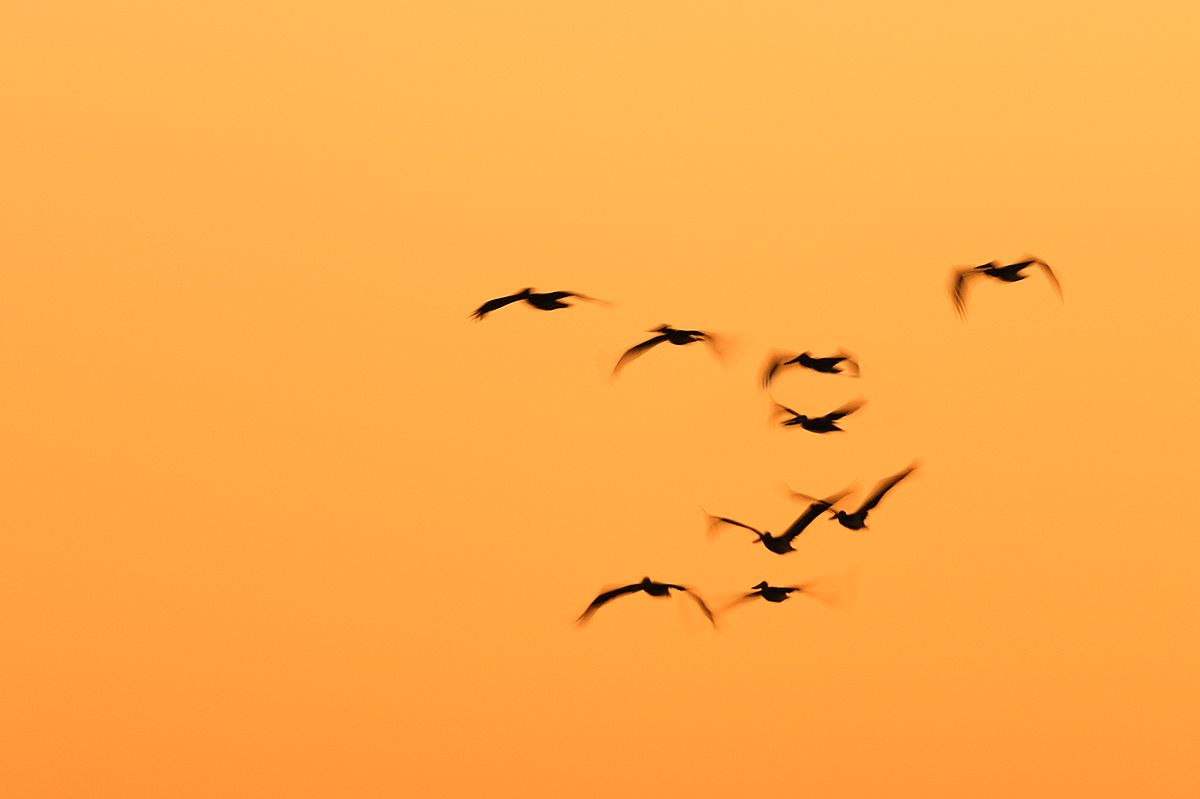
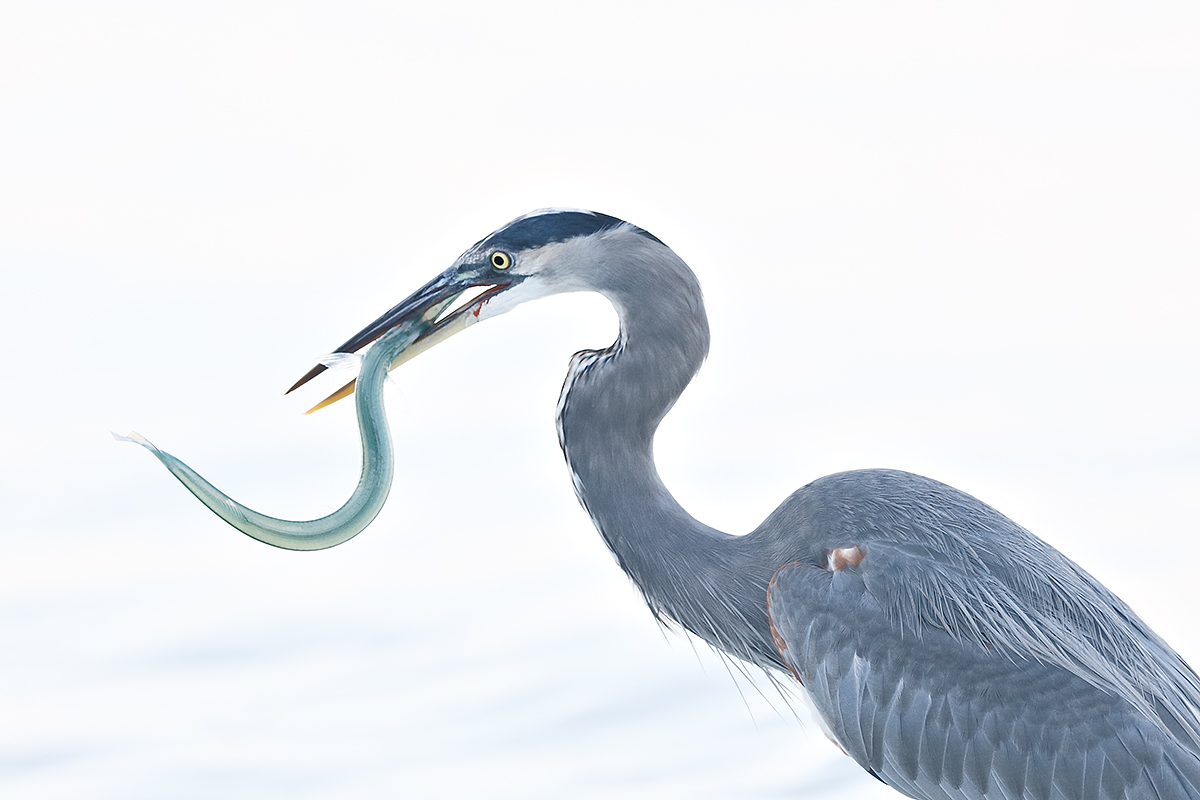
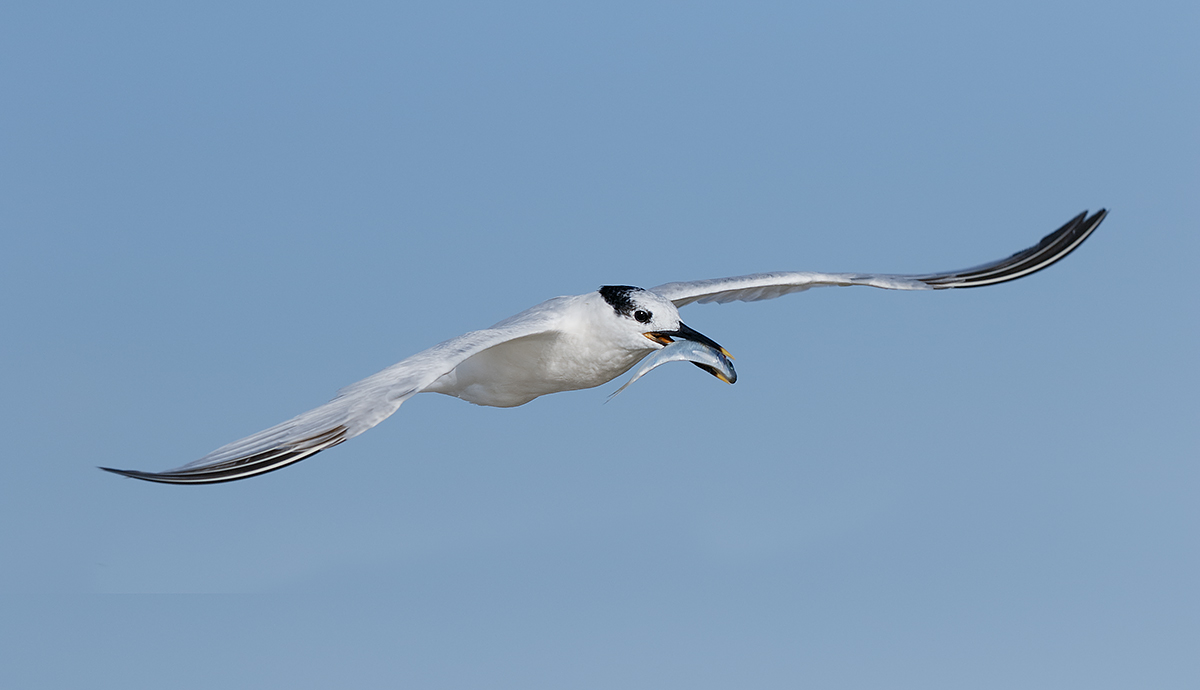
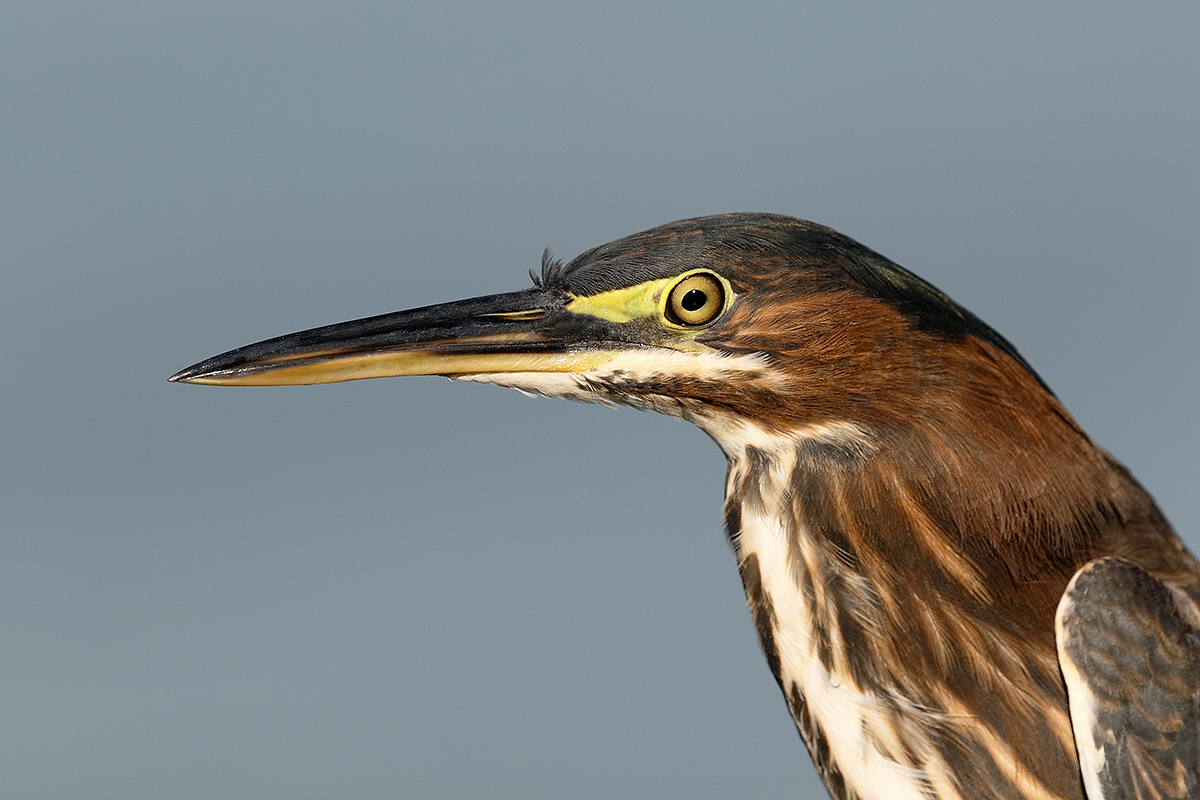
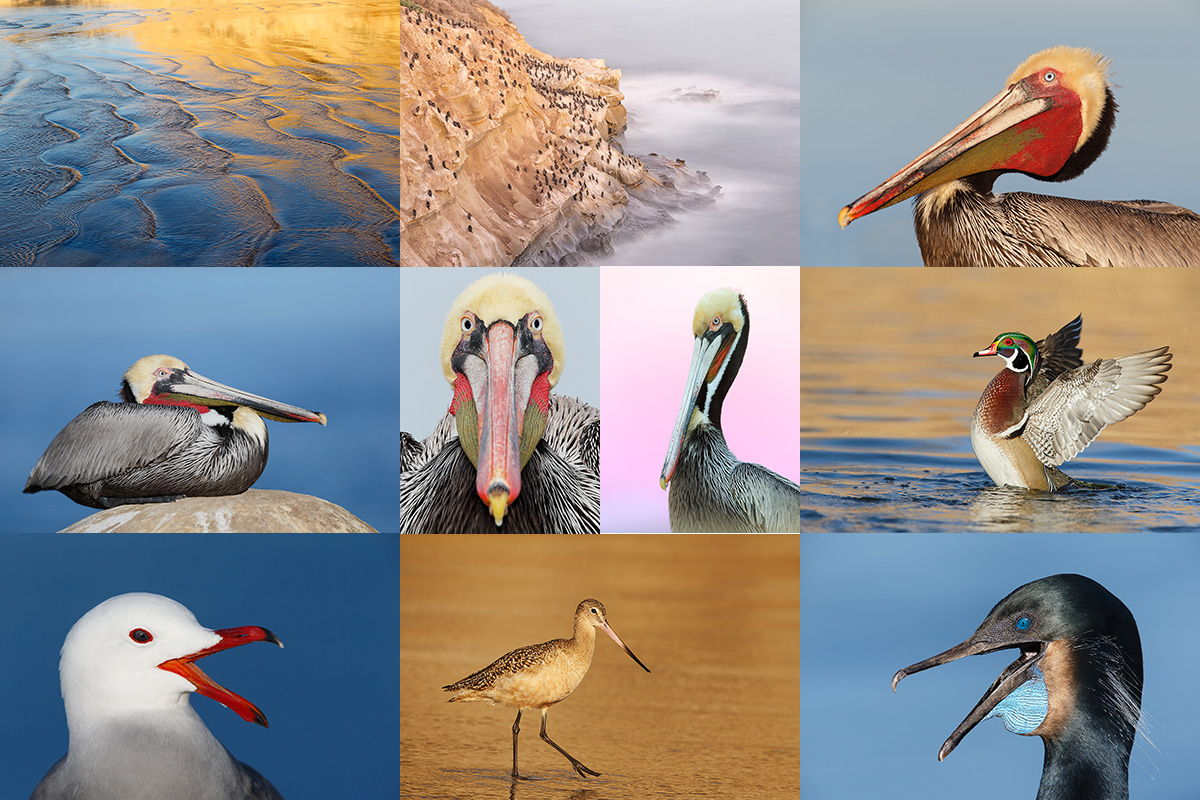














Good morning Guru. Hope this post finds you in good health and as cheerful as ever.
Perhaps mistakenly, I’m observing most of your great bird photos are of Waders and Shore Birds. Don’t remember having seen many images of Passerine Birds (such as Starlings, Jays, Finches, Hornbills, Nuthatches, Flycatchers etc.) shot by you. May I know the thread or site where I can find them?
Regards.
You can see many older but wonderful images in the Art’s finest galleries here:
http://www.birdsasart.org/#p=-1&a=0&at=0
But alas, while I used to do lots of songbirds when I used film and lived in new York, I have not done a lot of songbirds in the last decade so you will not find a songbird gallery at the link above.
Why? I don’t do much work at set-ups, I am not a big fan of using recorded calls, and I am not a big fan of tromping around the woods in search of a tiny fast moving bird to photograph for ten seconds if I get lucky 🙂
artie
ps: over the years you will find some images of passerines on the blog: Scrub Jays in Florida and Darwin’s Finches in the Galapagos come to mind….
Agreed Artie. We try to capture these birds but the senior group (me included) is obviously not that lucky and fit enough for the challenge.
However, fortunately we have a young birders group just graduated from universities, that are continually exploring the forests with hardship and finding out species some of which were previously unknown to us. With those findings the nature watchers and conservation activists are painstakingly endeavoring to raise awareness among common rural people to save our ecosystem.
Regards.
Hello Arthur.
Very impressive is the word for the results you are getting from that particular 7D II. Of course the technique you are using is quite good 🙂
Now, I like all the images but the green heron is my favorite. Very sharp and with great eye contact. Now I have a question: did you use fill flash on that one? I ask as it looks a tad over flashed to my eye. All in all a great set of images. The new 7D rocks!
Thanks JC. I rarely use flash anymore and did not use it for any of today’s images. I use my NIK 50/50 or 25/25 recipes in place of flash. I think that I overdid the NIK and possibly saturated it a bit too much…. It might look over-flashed to you because the 7D II images are so sharp!
Thanks Arthur!
It certainly looks sharp! love the results! 🙂
My favorite is the Heron with the needle fish. The high key background really sets off the bird!
Thanks Catherine. I about had a cow when I saw that fish. later and love, artie
Some wonderful images Artie. Particularly the first one packs great aesthetic appeal.
Guru, did u do shooting by ‘stacking’ of extenders? If so, may we see some samples?
Thanks in advance.
Thanks. In the past I have successfully used stacked TCs with big glass but have gotten away from that over the past few years. That topic many be covered in ABP II. artie
Thanks Artie.
As I launched a search on the subject; your thread came up to my pleasant surprise. It was amusing to learn the two extenders couldn’t be paired with each other and you had to bridge the missing link with an extension tube!
The world is a beauty.
Hi, Artie. Wonderful images. I’m pretty confident that your GBH is eating a needlefish (or possibly a very young houndfish, a very close relative; an adult houndfish would be as likely to eat a GBH as vice versa!). For me, a perfect angle on the fish would show its head clearly! 🙂 But that dorsal fin and tail say “needlefish” pretty clearly; I can’t think of or find anything else like that. My favorite is the green heron for its incredible sharpness and color and composition. I have Hugh Metcalfe’s question as well.
David
Thanks. I will post one that shows the head of the fish soon. a
Awesome photography, Arthur!!!!
Thank you kind sir. artie
Any reason why the 300 f/2.8 IS II + 1.4x/7D Mark II wasn’t working out for flight shots? This is a combo I’d love to try when I get the Mark II.
The birds were too close :). I fully expect that combo to be superb for flight photography but remember that with the lens alone you will be at equivalent 480mm. 672 with the 1.4X III in place….
Please use our link to purchase you 7D II.
That’s a great excuse 🙂 Thanks, Artie!
YAW. artie
Arthur,
On your Great Blue Heron picture you described the use of ISO Safety Shift. Do you keep this option always enabled? I’ve never used it before.
Thanks for you time and efforts!
Andre
Brazil
Hi Andre,
I keep ISO safety shift enabled on all of my bodies that offer this feature. It’s use is detailed in several of our camera User’s and AF Guides. Learn more about those here.
ps: you are most welcome.